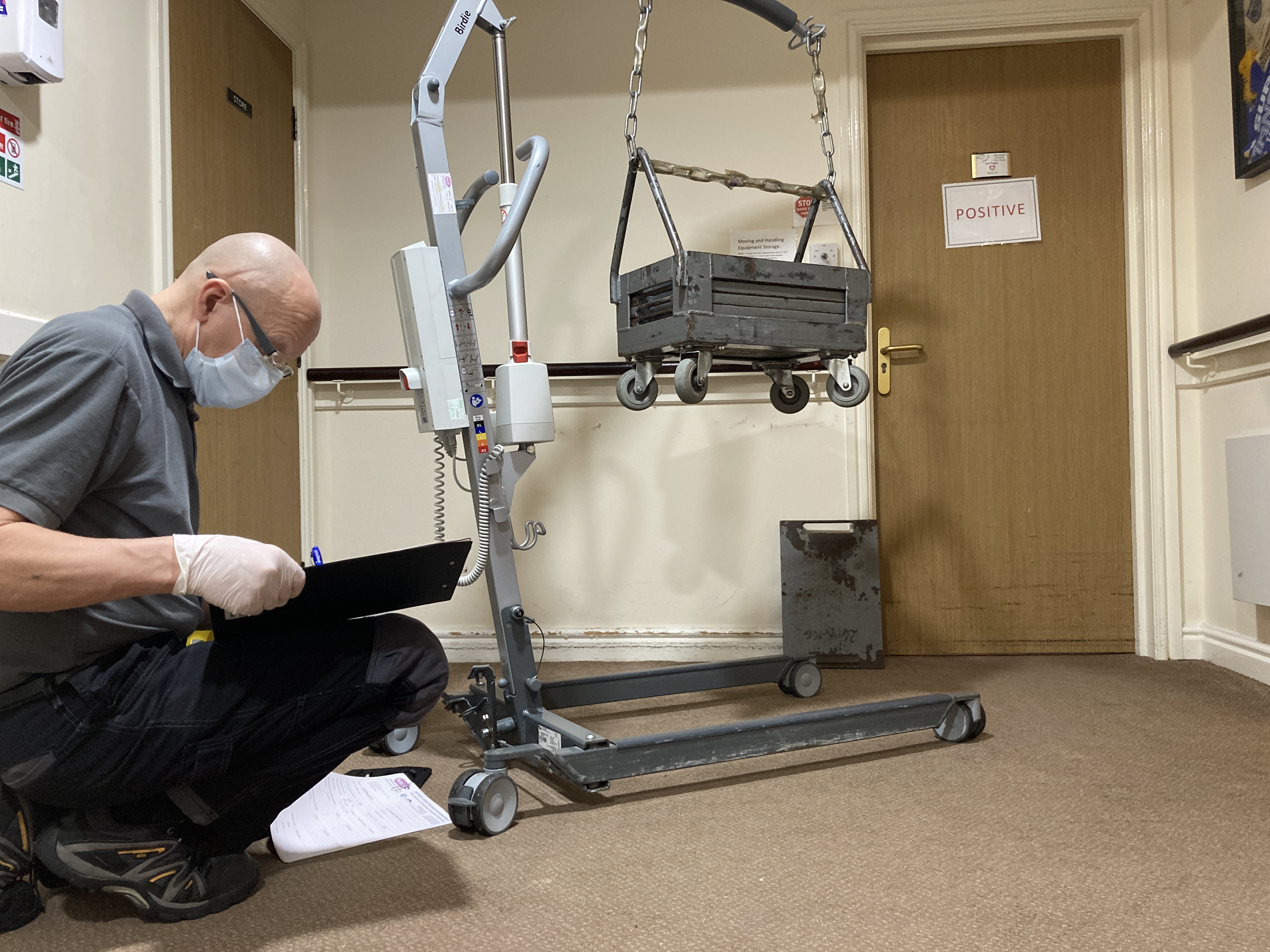Expert Tips for Identifying and Solving Equipment Problems
Hi there, Phil Cotton here; Field Service Engineer for Hcsuk and today, I want to share some invaluable insights and tips for effectively identifying and solving care equipment problems.
As service engineers, we play a vital role in maintaining your equipment to the highest standard in our battle against downtime and inefficiency, which directly impacts patient care and safety. So here’s a few pointers from me to help with your day to day equipment maintenance.
-
Understand the Stakes: In healthcare, the stakes are incredibly high. Equipment faults and breakdowns can seriously jeopardize your loved family members health and safety. As such, it's crucial to approach any equipment niggles with the utmost care, attention, and urgency.
-
Familiarise Yourself with Regulatory Standards: Care equipment is subject to stringent regulatory standards and compliance requirements. Familiarize yourself with these regulations, such as ‘LOLER’ ( Lifting Operations & Lifting Equipment Regulations 1998), and ‘CQC Regulation 12 – Safe care and treatment’ in particular, along with other industry-specific regulations relevant to the equipment you use.
-
Stay Up to Date with Manufacturer Recommendations: Manufacturers often provide specific guidelines for maintenance, troubleshooting, and repairs. Stay informed about any updates or bulletins issued by equipment manufacturers, as these can offer valuable insights into common issues and recommended solutions.
-
Prioritise Preventive Maintenance: Preventive service and maintenance is key to minimizing equipment downtime and preventing potential failures and perhaps safety issues. Establish a comprehensive preventive maintenance program tailored to the specific needs of your care equipment and adhere to it rigorously. Here at Hcsuk we look after your program and scheduled equipment servicing dates with our proactive diary management system, so you just don’t have to worry about it…we’ll let you know when your equipment servicing is due and we’ll book that in with you.
-
Develop a Thorough Diagnostic Process: Create a systematic diagnostic process to guide your troubleshooting efforts. Start by gathering information from your care staff about the symptoms they have observed. Then, systematically investigate potential causes, by referring to the equipment manufacturers handbook if you have one. If you’re still struggling to diagnose the problem or require further help, you can call me out to investigate the problem for you by calling the office on 01773 713713.
-
Communication with Care Staff: Talk to your care staff who use the care equipment on a daily basis as often as possible, asking if the equipment is operating as it should. Their insight and observations can provide valuable context and help narrow down potential causes of equipment problems.
-
Document Everything: Detailed documentation is essential for regulatory compliance and quality assurance purposes. Keep meticulous records of all maintenance activities, repairs, and equipment performance data, including any deviations or anomalies observed. To assist with this, we leave you with a copy of my work report, LOLER certificate and a checklist from my thorough inspections so you can see exactly what I have done.
And why not download our FREE servicing guide to assist you with the ongoing servicing and maintenance of your care equipment, to outline your responsibilities as a care provider and to highlight exactly why its important to adhere to government regulations and industry standards.
8. Invest in Training and Professional Development: Care equipment service and maintenance is constantly evolving, with new technologies emerging regularly. Invest in ongoing training and professional development to stay abreast of the latest industry trends, best practices, and technological innovations.
9. Last but by no means least; Focus on Patient Safety: Above all else, prioritize service user safety always. Adhere to established safety protocols, follow manufacturer recommendations, and take appropriate precautions to ensure the safety and well-being of both your care staff and the loved family members they support.
By incorporating these tips into your approach to equipment maintenance and troubleshooting, you'll be well-equipped to handle any challenges that may come your way, and you know you have our support at hand whenever you need us.
To discuss your care home servicing needs, why not book a meeting with our Servicing Support Manager Lee here or contact him at servicing@hcsuk.co.uk or call 01773 713713.
Until next time,
Phil.



.jpg?width=352&name=IMG_0623-600x450%20(2).jpg)

